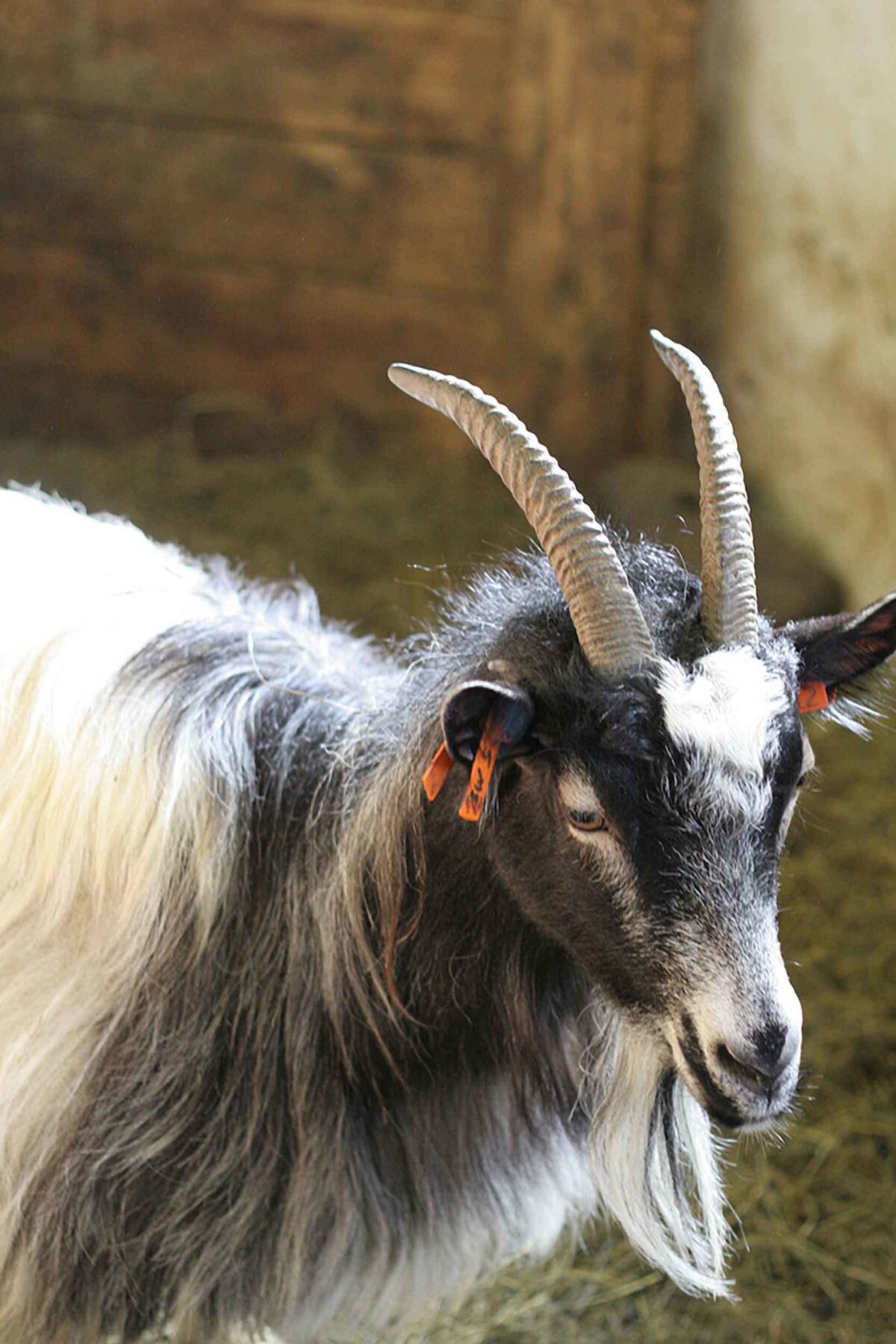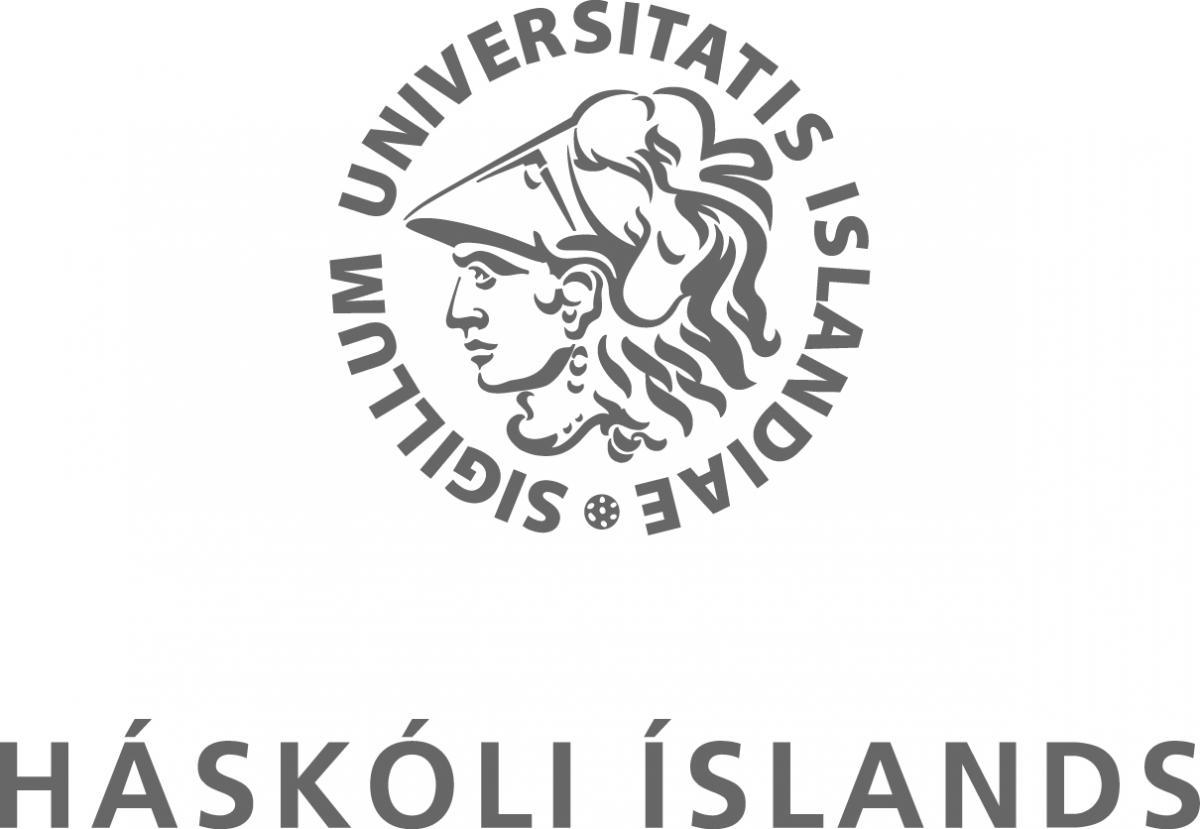Future Days 2017 will be held on February 9 at Reykjavík University between 10-16.
Matís participates and will present possible summer jobs and student projects at Framadögur.
Further information can be found at Framadaga website.

Matís participates and will present possible summer jobs and student projects at Framadögur.
Further information can be found at Framadaga website.

In the project Bioactive substances from redness funded by the Rannís Technology Development Fund, the aim is to investigate whether substances found in erythema have bioactivity, such as antihypertensive properties or can prevent calcification of cartilage cells. The project began in 2015 and is for two years.
Collagen is becoming increasingly popular as an active ingredient in various consumer products, but research indicates that there is a link between regular consumption of the substance and positive effects on the skin and joints. The world market for collagen-containing supplements is large and mainly made from pigs. Estimates assume increased demand for collagen peptides made from wild fish, so this is an ideal opportunity for Icelandic production.
The project Hydrolyzed collagen from the raw material of fish processing which is funded by the Nordic Innovation Center is developed in collaboration with the Norwegian company Biomega, the Danish University of Technology (DTU) and Biosustain also in Denmark together with Matís and Codland. The aim of this project is to develop new enzymes to process collagen from extra raw materials from white wild fish such as cod and fatty fish such as salmon.
For further information Margrét Geirsdóttir at Matís.
 From a meeting in the project "Hydrolyzed collagen from by-products of fish processing" in Norway in October 2016. Peter Kamp Busk DTU, Hemanshu Mundhada Biosustain, Margrét Geirsdóttir Matís, Alex Toftgård Nielsen Biosustain, Davíð Tómas Davíðsson Codland, Lene Lange DTU and Jan Arne Vevatne Biomega.
From a meeting in the project "Hydrolyzed collagen from by-products of fish processing" in Norway in October 2016. Peter Kamp Busk DTU, Hemanshu Mundhada Biosustain, Margrét Geirsdóttir Matís, Alex Toftgård Nielsen Biosustain, Davíð Tómas Davíðsson Codland, Lene Lange DTU and Jan Arne Vevatne Biomega.
 Tómas Þór Eiríksson, CEO of Codland, and Oddur Már Gunnarsson Matís sign a co-operation agreement between the companies.
Tómas Þór Eiríksson, CEO of Codland, and Oddur Már Gunnarsson Matís sign a co-operation agreement between the companies.

Part of the employees and students who have been involved in the collagen projects at a meeting in Sauðárkrókur in May 2016. From left to right: Dagný Björk Aðalsteinsdóttir MS student at the University of Iceland, Maxime Clays from Belgium, Yonathan Souid from France, center row: Margrét Geirsdóttir Matís, Eva Kuttner Matís Sauðárkrókur, Thomas Degrange France, front row Hilma Eiðsdóttir Bakken, Margrét Eva Ásgeirsdóttir and Guðrún Kristín Eiríksdóttir Matís Sauðárkrókur, Rodrigo Melgosa from Spain.
 Ingredients - Cod meat
Ingredients - Cod meat
 Red gelatin
Red gelatin
 Red collagen peptide - is there bioactive activity?
Red collagen peptide - is there bioactive activity?

Goats have accompanied Icelanders since the settlement, as can be seen in place names around the country. In the middle of the 20th century, the stock dried up, but since then attempts have been made to maintain it. In 2014, the Icelandic goat population numbered 987 animals (according to www.bondi.is).
Goats have valuable products that can be processed, such as milk, shellfish, meat and skins. It has also been possible to get creams and soaps made from goat products and herbs at Háafell.
Goats are not runes like sheep, and their wool needs to be combed with a special comb. Jóhanna wore a scarf that she pointed out was made from soft and warmer cashmere wool from an Icelandic goat, which is known for its varied color patterns. Since the Icelandic goat has been isolated in Iceland for about 1100 years, the wool is held in high esteem because it is considered to resemble one of the most woolly so-called cashmere goats.
 Sveinn Margeirsson, CEO of Matís, Jóhanna Bergmann Þorvaldsdóttir, goat farmer
Sveinn Margeirsson, CEO of Matís, Jóhanna Bergmann Þorvaldsdóttir, goat farmer
Háafell in Hvítársíða and Sif Matthíasdóttir, Hrísakot, chairman of the Icelandic Goat Breeding Association.

Food science was under attack towards the end of the last decade and fewer students attended both undergraduate and master's programs and who graduated from the program than usually before. Through a joint effort, the University of Iceland and Matís managed to increase interest in their studies to such an extent, as studies in food science are practical studies that offer a whole host of opportunities after graduation. The connection with food production companies is also strong, especially in the master's program, and a large proportion of students have recently graduated. four years who have been employed immediately after graduation.



In light of this, we decided to compile an annual report that would look back and outline Matís' operations. This year's report, which is usually published on the first working day in January, covers a wide range and it can be said that this year's report is composed of different short stories, what we call success stories, and shows its contents so as not to be mistaken. that the establishment of Matís was logical and a great step forward in its time. This year, the annual report is in English in its entirety, but Icelandic abstracts, which focus on what happened in our operations in Iceland, will be published in the next few days.
We look back with pride and optimism on the road. A lot of interesting, fun and challenging things will take place this year and it is safe to say that one of the biggest events that Matís has undertaken will be this year when we take care of World Seafood Congress (WSC). The event is one of the largest forum for value creation in the world in the field of value creation in the fisheries and food security, and brings people from all parts of the seafood value chain to the table. The conference will be attended by employees of fishing and fish processing, investors and people from the institutional and educational environment around the world, not least from developing countries. It is a real honor for us to have the opportunity to hold this conference and the role is a great encouragement to us.
Matís' growth has been considerable over the past 10 years, but this will not happen without strong employees.